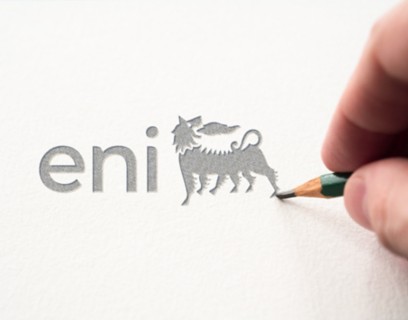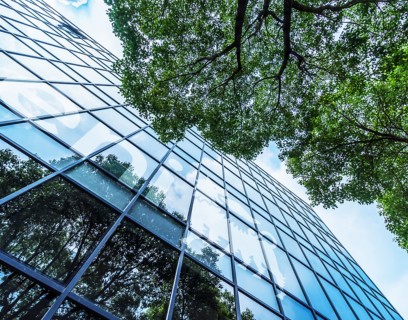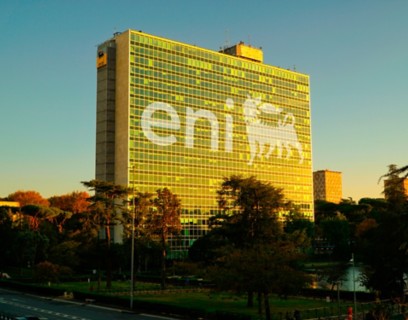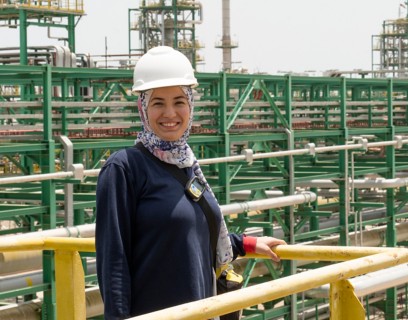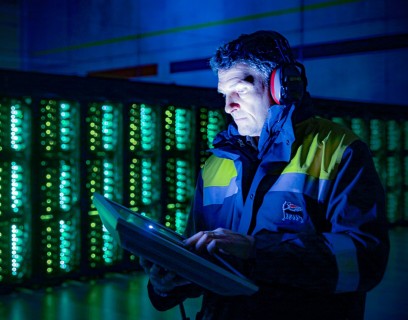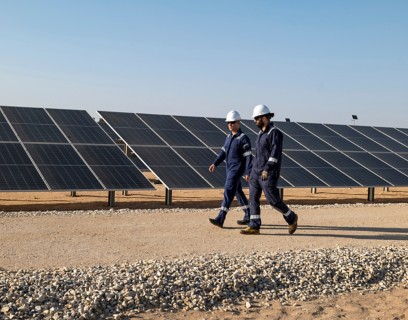
Or , our new artificial intelligence tool.
MyEni Login
The Basilica of St. Benedict in Norcia: a project of rebirth
The reconstruction of the Basilica of St. Benedict, besides giving back to the citizens of Norcia an important symbolic value.

days
hours
minutes
seconds
The Basilica of St. Benedict in Norcia: a project of rebirth
30 October 2025 marks the reopening of the Basilica of St. Benedict in Norcia, almost a decade after the 2016 earthquake. The ceremony, attended by civil and religious authorities, is the culmination of years of work and collaboration between institutions, the local community and the companies involved in the reconstruction. Eni has made its technological and managerial expertise available to support the project and has directly overseen individual parts of the reconstruction project. The priorities of the initiative were the conservation of the Basilica and its safety and seismic reinforcement, while fully respecting its historical, artistic and cultural value. Taking part in the reopening ceremony on 30 October are Giuseppe Zafarana, Chairman of the Board of Directors of Eni, and Ledvin Zardini, Chief Executive of EniServizi.
Until 2 November 2025, Norcia will celebrate the event with solemn moments and with La luce della Regola, an installation project that lights up the Basilica’s façade with words drawn from the monastic Rule of St. Benedict of Norcia.

The light installation by Eni lit in Piazza San Benedetto with the Basilica in the background

Piazza San Benedetto with the Basilica in the background

The President of Eni's Board of Directors, Giuseppe Zafarana, is delivering a speech

Presentation of the reconstruction works of the Basilica in the presence of the authorities

A wiew of the Basilica of San Benedetto in Norcia

The facade of the Basilica of San Benedetto stands out towards the sky

The facade of the Basilica and, on the right, the statue of San Benedetto da Norcia

Facade of the Basilica of San Benedetto seen from below
Rebuilding the Basilica: a shared commitment
On 30 October 2016, an earthquake of magnitude 6.5 struck Umbria, causing severe damage to Norcia’s art heritage. The Basilica of St. Benedict suffered major structural damage, with only the main façade and part of the apse left standing. In 2021, Eni signed a sponsorship agreement with the Italian Ministry of Culture, the Commissioner for the post-2016 earthquake reconstruction, and the Archdiocese of Spoleto-Norcia to help rebuild the Basilica. The company provided operational and project management support, in particular by managing the parts of the reconstruction project that were assigned to it.
One element of great technical and symbolic value was the recovery and cataloguing of the Basilica’s original stones, stored in the Santa Scolastica depot in Norcia. Working alongside the Superintendency and the Ministry, Eni helped set up spaces, tools and logistics to identify and archive the surviving stone fragments from the collapse, a fundamental step for reconstructing the building. This commitment continues Eni’s long-standing work to safeguard Italy’s artistic and cultural heritage, which has included the Duomo of Milan, the Basilica of Santa Maria di Collemaggio in L’Aquila and other sites of high artistic and symbolic value.
Key milestones in the reconstruction
The Basilica of St. Benedict in Norcia is officially handed back to the community.
Launch of the communication project “The Norcia Live Stones”.
Start of reconstruction work on the Basilica of St. Benedict in Norcia.
Signing of the memorandum of understanding between Eni, the Italian Ministry of Culture, the Commissioner for the post-2016 earthquake reconstruction and the Archdiocese of Spoleto-Norcia.
Collapse of the Basilica of St. Benedict in Norcia following the earthquake.
